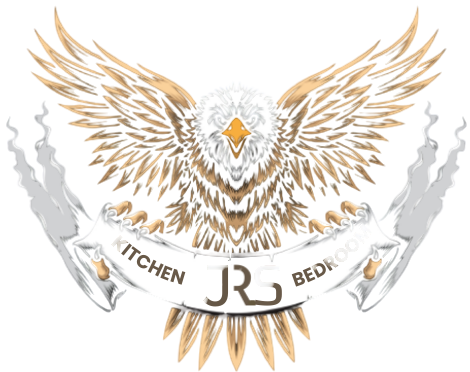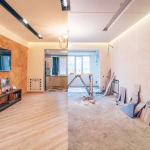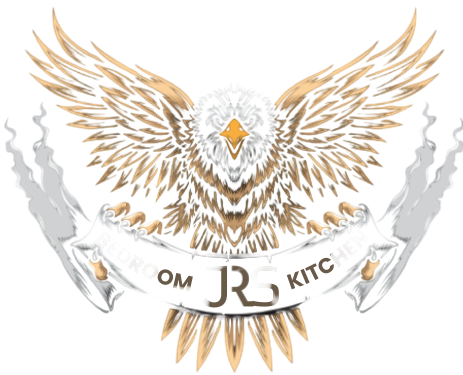Taking up the job of renovating your kitchen is no easy feat. From fixtures, cabinets to plumbing, there’s a lot to think about. But a gleaming new kitchen will brighten up your home and also increase the resale value of your home.
If you are thinking of knocking down and rebuilding the entire kitchen, it is always best to get a general contractor/interior decorator on board. However, if you are planning to take u the project of remodelling your kitchen yourself, make sure that you have ample time on your hand and are experienced in handling the kind of work that remodelling requires.
Needs and Demands
Start by asking yourself pertinent questions such as, why you are remodelling your kitchen –Is there too less space for dishware? Is It not efficient enough? Not enough cabinets? Is it too difficult to clean? Are the appliances too old? Does the kitchen look too messy? Or does it need a fresh coat of paint?
Depending on your needs, make a priority list and differentiate between the things that you want and simply need.
Prepare your kitchen
Before you start working on the new kitchen, make sure to clean out the items in your current kitchen. Empty the utensils from the cabinets and unplug and remove the electric appliances. It is also advisable to remove valuable furniture and items from the adjacent rooms so that the next process goes on smoothly.
Demolition & Tear Down
After you have finalized a plan, it’s time to take the hammer and knock it down. Not literally! It’s best to leave it to the trained professionals in kitchen remodelling. Experienced teams possess the knowledge to do the job perfectly and avoid plumbing and pipes hidden behind walls or beneath cabinets.
This process requires a great amount of physical labour and if it is a project you have undertaken to complete yourself, then, make sure to wear the right protective gear as lead-based paint and asbestos may be present. It is also crucial that you familiarize yourself with the various types of tools you require and the kitchen layout.
Constructing the Framework
With the demolition complete, a typical kitchen remodel begins in earnest with the contractor’s carpentry crew performing whatever framing work is necessary for the project. Depending on your new kitchen’s configuration, this may involve some very major construction tasks.
If you have taken up the task as a DIY, you might have to deal with multiple designers and vendors and get the first framework of the kitchen up. If you have a project manager for your kitchen remodelling on board then, they will take care of the process for you. Regardless, patience is key during this process.
Plumbing & Wiring
Once the framework is set, the next phase is reworking the plumbing and wiring of the new kitchen. Old pipes will need to be replaced and wiring will need to be fixed according to the new plan. Make sure to run through the entire setup two to three times. You don’t want leaky pipes to spoil your newly set flooring and other appliances. At this phase, time to check the sink, faucet, and garbage disposal setup too.
Flooring & Cabinets
Flooring is one of the last stages before you install the cabinets and appliances. With so many different options on the market—vinyl, ceramic, wood plank, oh my!—there’s something to appeal to any space. If you’d like some advice though, choose something long-lasting, durable and easy to clean rather than something that merely looks good.
It is one of the most fun parts of the process as you will finally see your new kitchen take shape. You can finally install that beautiful cabinet setup you have been eyeing for weeks. Kitchen countertops and fixtures, such as utensil holders are installed.
Bring in your appliances
After planning, designing, demolishing, constructing, fixing the kitchen plumbing, flooring & cabinets set up – it’s time to plug and play! Whip up a batch of those delicious brownies or prepare a fresh plate of pasta because its time to celebrate!












